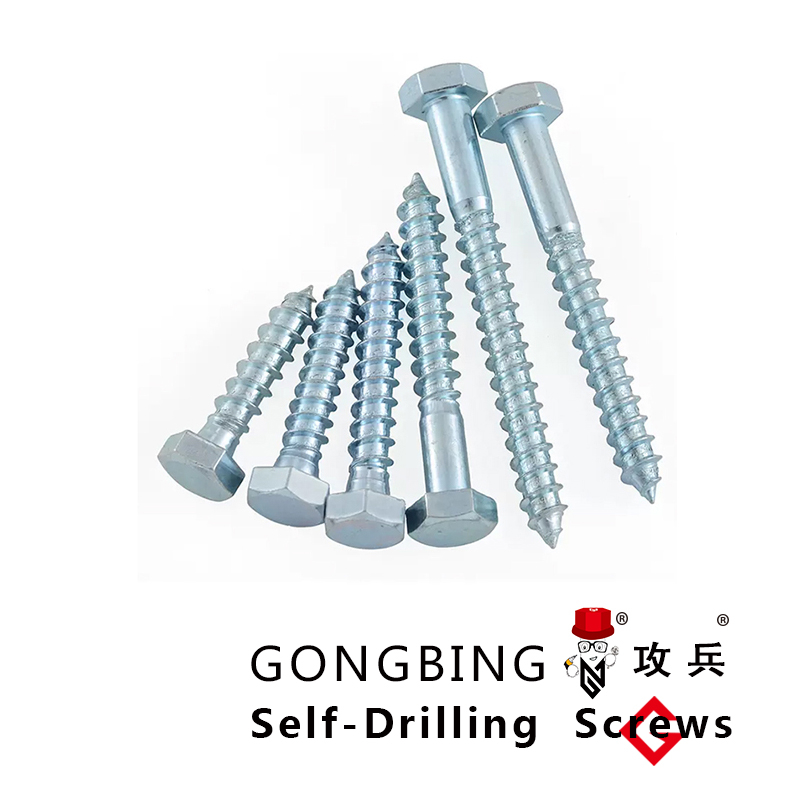wafer head screws
Understanding Wafer Head Screws A Comprehensive Overview
In the world of engineering and manufacturing, fasteners play a crucial role in ensuring the integrity and functionality of various assemblies. Among the numerous types of fasteners available, wafer head screws stand out due to their unique design and versatility. This article delves into the specifics of wafer head screws, discussing their characteristics, applications, and advantages.
What Are Wafer Head Screws?
Wafer head screws are a type of fastener characterized by their broad, flat heads that resemble a wafer. This design differentiates them from other screws, such as pan head or countersunk screws. The flat surface of the head allows for a larger bearing area, which can help distribute the load more evenly when fastening materials together. Typically, wafer head screws are paired with a variety of drive types, including Phillips, slotted, and Torx, which provide options for different tool requirements and torque applications.
Materials and Finishes
Wafer head screws are manufactured from various materials, including stainless steel, carbon steel, and aluminum. Stainless steel is favored for its corrosion resistance, making it an ideal choice for outdoor or marine applications. Meanwhile, carbon steel screws may be coated with zinc or another finish to enhance their resistance to rust and wear. The choice of material and finish is essential, as it affects the screw’s performance in specific environments and its longevity.
Applications of Wafer Head Screws
wafer head screws

The versatility of wafer head screws makes them suitable for a wide range of applications across various industries. They are commonly used in the electronics industry for fastening components within devices due to their low profile and ability to fit into tight spaces. Additionally, wafer head screws are often employed in automotive manufacturing, construction, and furniture assembly. The flat head allows these screws to sit flush against the surface of the material, which is crucial in maintaining a streamlined appearance and preventing snagging or damage.
Advantages of Wafer Head Screws
One of the primary advantages of wafer head screws is their ability to provide a secure, stable connection without the need for additional washers. The broad head design helps in distributing force over a larger area, reducing the risk of material deformation. This feature is particularly beneficial when working with softer materials, where standard screws might cause damage.
Moreover, the aesthetic appeal of wafer head screws cannot be overlooked. With their clean, flat surfaces, they offer a visually pleasing finish, making them an excellent choice for visible applications where appearance matters. They also tend to reduce the risk of injuries caused by protruding screw heads, enhancing safety in various settings.
Conclusion
In summary, wafer head screws are an essential component in modern manufacturing and construction. Their unique design, coupled with a variety of materials and finishes, makes them suitable for numerous applications. From electronics to automotive parts and furniture, these screws provide sturdy, secure connections while ensuring a clean and safe finish. Whether you are an engineer, a manufacturer, or a DIY enthusiast, understanding the properties and benefits of wafer head screws is invaluable in selecting the right fastener for your project.
-
Weatherproof Plastic Expansion Anchors for OutdoorNewsJun.06,2025
-
Sustainability in the Supply Chain: Eco-Friendly TEK Screws ProductionNewsJun.06,2025
-
Load-Bearing Capacity of External Insulation FixingsNewsJun.06,2025
-
Double Head Bolts: Enhancing Efficiency in Industrial MachineryNewsJun.06,2025
-
Corrosion Resistance in Chipboard Screws: Coatings for Wholesale DurabilityNewsJun.06,2025
-
Butterfly Toggle Bolts : Enhancing Structural ResilienceNewsJun.06,2025
